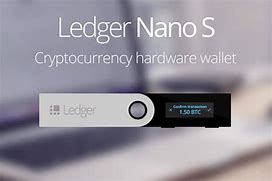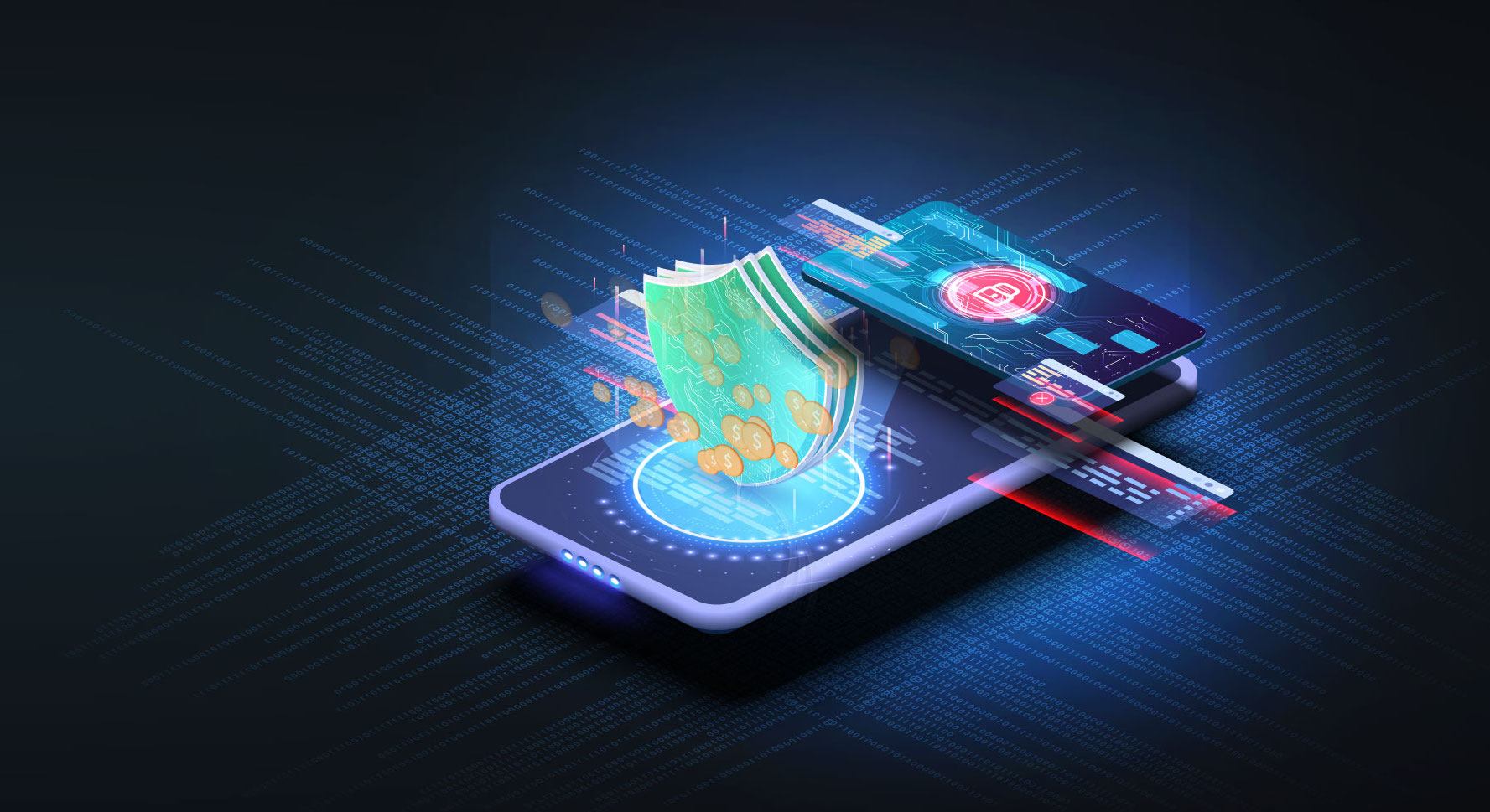Cold Storage Wallet
The Current Ownership – Web2
In Web2, which is what our current version of the internet is called, everything is leased to us from the company that holds the license. If you purchase an iTunes or buy an eBook on Amazon, you are buying a license to access the content – you don’t own it. This is what is called ‘digital tenancy’ – what Web3 endeavors to end.
In Web2, ownership rules are blurred. It consists of complex end user license agreements, terms and conditions of ownership, and agreements that are rarely read and not fully understood. Yet, we all spend lots of money on all sorts of digital content. Streaming services are the most common, subscriptions, in-game purchases, etc. but we don’t own any of these digital assets.
Web3 Wallets will provide your digital ID
Today, we have a multitude of digital IDs on different accounts on different platforms. Your Facebook profile, Gmail address, LinkedIn profile, Instagram, Twitter, TikTok, etc. etc. these make up your digital identity. However, like digital content, you don’t own these accounts. You have no digital rights to them. The deal is that you are exchanging your personal data for the, somewhat free, use of the platform. This scheme places you in a bad situation regarding privacy, censorship, and control. But, in Web3, you will connect everything through your wallet!
In Web3, your wallet will function as the key to access all of the domains you choose to enter. You will use your wallet to establish your online profile, enter online metaverses, access your workspace, connect with family and friends, stream content and sell, swap, buy and store digital assets. The goal being, to provide every user a self-sovereign identity (SSI) and guaranteed use of any service, so no individual or corporation can restrict or remove a user’s access.
A Shift in Power from Providers to Users
One of the main differences between Web2 and Web3 is that Web3 is meant to be fully decentralized. Data will be stored on a blockchain rather than on large data servers/providers such as Google, Facebook, Microsoft. Users will be in control of their data and identities. In the early days of Web2 users weren’t too concerned about handing over their data in exchange for the utility of using social platforms. But as users became more web-savvy in understanding how their data was being monetized (over which they had no control or ownership) there was cause for concern.
The central theme of Web3 is to put the power of personal data into the hands of the users. Users will decide if they want to share their data, which entities can and cannot share/use their data and under what terms their data can be used. And should they change their mind and decide they no longer want to share their data they can stop it from being shared.
Web2 – Digital Wallets
Many people have and use digital wallets. These wallets are used as alternatives to cash or debit/credit cards to make payments. With these wallets, you do not need to carry cash or credit cards or, for that matter, any physical wallet. Digital wallets are secure, and payments are made via your mobile device. The top 10 digital wallets are:
Google Pay ‘ Venmo ‘ Apple Pay ‘ Cash App ‘ Pay Pal ‘ Zelle ‘ Walmart Pay ‘ Dwolla ‘ Facebook Pay ‘ Amazon Pay
Web3 – Crypto Wallets
A crypto wallet, used in Web3, stores a user’s public and private keys while providing easy-to-use interface to manage your account. They enable cryptocurrency transfers via a blockchain. Users can also store NFTs and other digital assets in the wallet. There are soft wallets and hardware wallets. Soft wallets hold a user’s public key. Hardware or ‘cold storage’ wallets holds a user’s private key and word phrases and should never connect to the internet. Private keys hold ‘seed’ words and pass phrases, many times on a ‘cold card’. Top crypto wallets are:
Coinbase ‘ MetaMask ‘ Trust Wallet ‘ Ledger S Plus ‘ Electrum ‘ Blue Wallet ‘ Exodus ‘ Crypto.com

NFTs and Other Digital Assets
The use cases for NFTS as proof of ownership are endless. A unique digital asset that is verifiable and irreplaceable. When acquiring an NFT the details of the transaction are recorded on the blockchain. The owner of the NFT can sell, swap, or trade freely what it represents: artwork, in-game items, digital real estate, etc. etc. All transactions are tracked and transparent, with everything managed by the token’s unique ID and metadate. NFTs and most other types of digital assets can be held in a user’s crypto wallet.
The Future
Web2 is not going away any time soon. There is strong support by the very wealthy providers, and they are very embedded into our lives. Web3 will grow slowly, and it will take time for mainstream acceptance and ease of useability. But in time, Web3 will absorb Web2 as its benefits are too large to ignore.





0 Comments